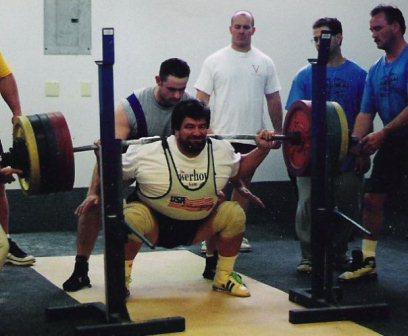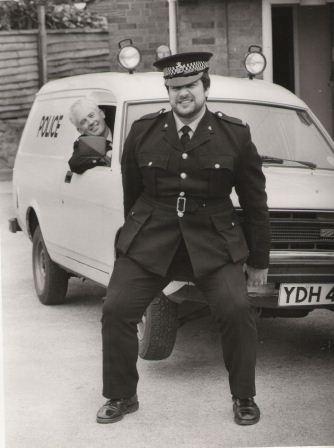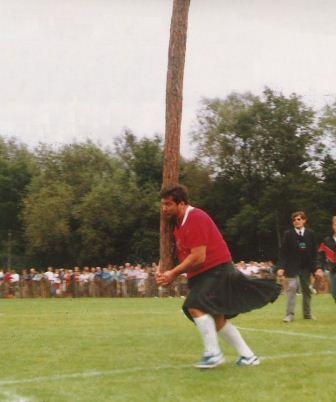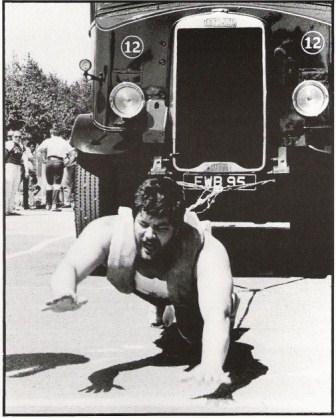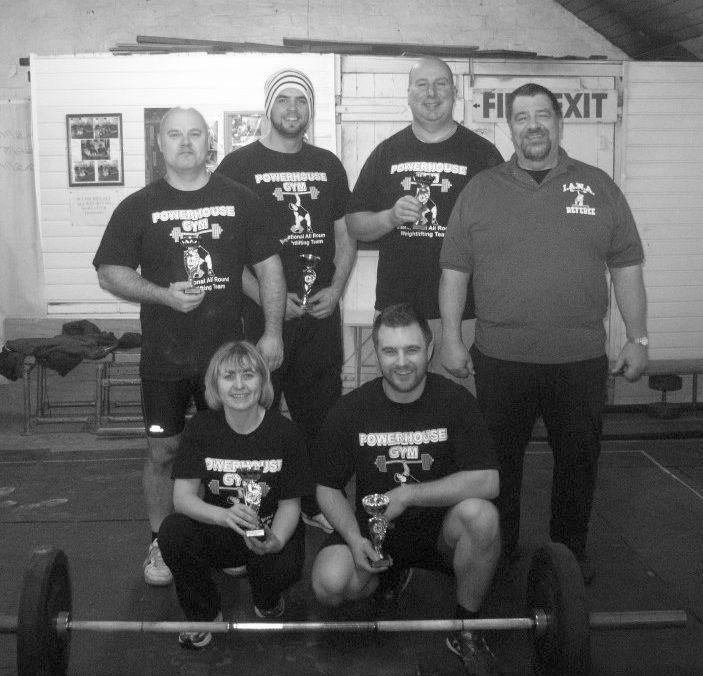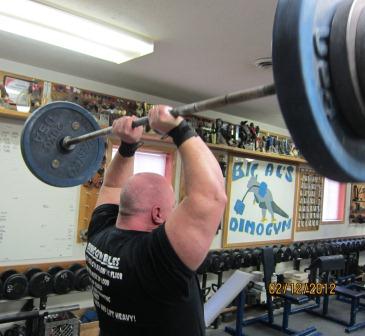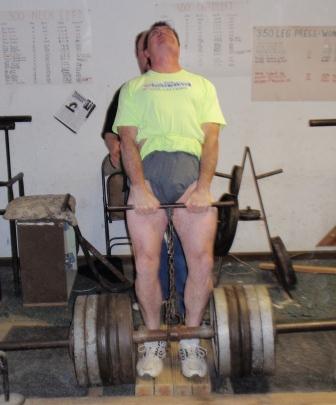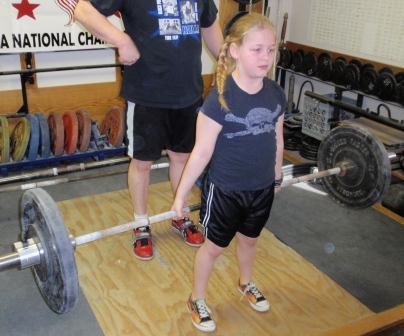Steve Gardner, IAWA President
by Al Myers
Most lifters involved with the USAWA know that Steve Gardner is our IAWA president. Steve is closing in on the end of his third four year term as the IAWA President. This is a total of 12 YEARS that he has committed to leading our organization! The IAWA (International All-Round Weightlifting Association) is the world umbrella organization of all-round weightlifting in which the USAWA is affiliated with. There are four major countries that are involved with the IAWA (United States, England, Scotland and Australia). Lifters from other countries (New Zealand, Ireland, Germany, and a few others) have competed in IAWA International events, but these countries do not have organized associations which oversee the all-round events within them. Steve’s Presidency followed that of Howard Prechtel. Howard also served the organization for 12 years.
Steve lives in Burton on Trent, England. He began living there when he was stationed there as a Police Officer out of the police academy. It was then that Steve realized that he had ability lifting weights. Steve started out as a competive powerlifter. In the early 80’s Steve won the British Title and represented Great Britain three years in a row at the European and World Championships with the WDFPF. He was the heavyweight Champion in 1990, winning the Championship in Belgium. Steve also won a Bronze Medal at the World Championships in Chicago in 1989 and a Silver Medal in France in 1991. He has held several European Powerlifting Records with the WDFPF (World Drug Free Powerlifting Federation).
Steve has also been involved in Strongman and the Highland Games. Most don’t know this about him, but I got this story out of him recently. In the early 80’s he competed with Geoff Capes and the International Touring team all over Great Britain, competing in Strongman and the Highland Games. At one competition he placed 4th in the World Lorry Pulling Championships and BEAT the then World’s Strongest Man Jon Pall Sigmarson!!!! Now that’s a good story.
Around 1985, Steve became involved with the All Rounds. This was before the IAWA was even organized. Steve was involved in the first IAWA events, and has competed in MANY international competitions. The following is a small list of his accomplishments within the IAWA. It would take pages and pages to list everything Steve has done in and for the IAWA!!!
- IAWA World Heavyweight Champion 17 times (won multiple World titles in the United States, England, Scotland, and Australia)
- Hosted the IAWA World Championships 3 times (2008, 2004, 1994) in Burton on Trent
- Hosted the IAWA Gold Cup World Record Breaker 4 times (2011, 2000, 1997, 1993) in Burton on Trent
- Promoted the IAWA World Postal Meet multiple times
- Instigated and developed the drug testing program within the IAWA, which insures that our sport offers drug-free competition
- Holder of multiple IAWA World Records (to many to count), and holder of the ALL TIME best Steinborn Lift at 200 kilograms
- Served on the IAWA Technical Committee and has been the person responsible for updating and maintaining the IAWA Rulebook
- Served as meet announcer and recorder numerous times at World Championships and Gold Cups
Steve also has a very active All-Round Weightlifting Club. He runs the Powerhouse Gym in Burton, and has since 1985. He has coached numerous lifters – powerlifters, Olympic lifters, and All-Rounders. Several of his lifters have went on to win National and World Titles. His gym has also been the host venue of several IAWA competitions. The 2011 IAWA Gold Cup was held in the Powerhouse Gym.
Steve has also been very involved in Tug of War. He began in 1975 as a member of the Holland Tug of War Club in Barton under Needwood. Reporting on Steves accomplishments with Tug of War is another story in itself!!! Steve is very involved in the Holland Sports Club. He has been a member for over 20 years and has been in the office as Chairman for the last 6 years. He was made an honorary life member in the Holland Sports Club in 2010 in recognition of the work he has done for the club. He is also a member of the East Staffs and District Sports Council, which awards sports grants and recognizes outstanding sports achievements. Steve has served on the Barton Parish Council for 8 years. He has held office as Vice Chairman for 2 years and then Chairman of the Council for another 2 years.
I have spent a lot of time in the last few years visiting with Steve. Steve contains a WEALTH of information about many topics. Last fall when I was in Burton for the Gold Cup Steve gave me a car tour of the town and surrounding area. I felt like I was getting a history lesson on local history from a professional tour guide! As it turns out, Steve finally told me that he has written three books that were published about the history of Barton under Needwood. So he is, in a sense, a professional tour guide!!
We are VERY fortunate as an organization to have Steve as our President. We owe him alot of thanks for everything he has done to better our organization. Very few people would “give” to an organization as much as Steve has done with IAWA. He made the trip to Australia to help coordinate and announce the competition – just because he wanted to help make the World Championhships a great event. I should mention that he didn’t even lift. Not many would do that. The IAWA has maintained WORLD-WIDE involvement because of Steve’s leadership and guidance. I feel I speak on behalf of the entire organization when I say this – we greatly apprecate the work Steve has done to make the IAWA a better organization.
